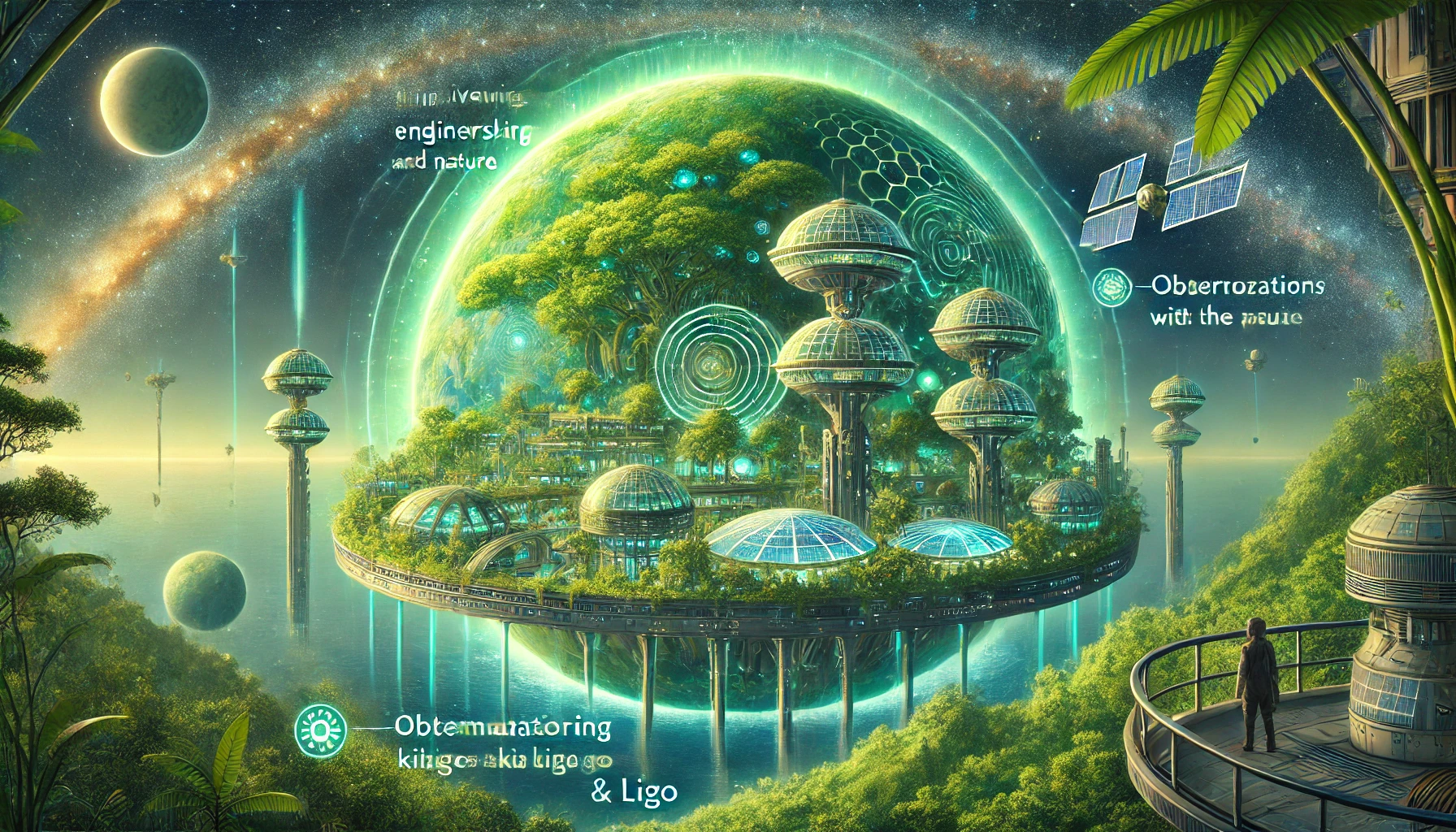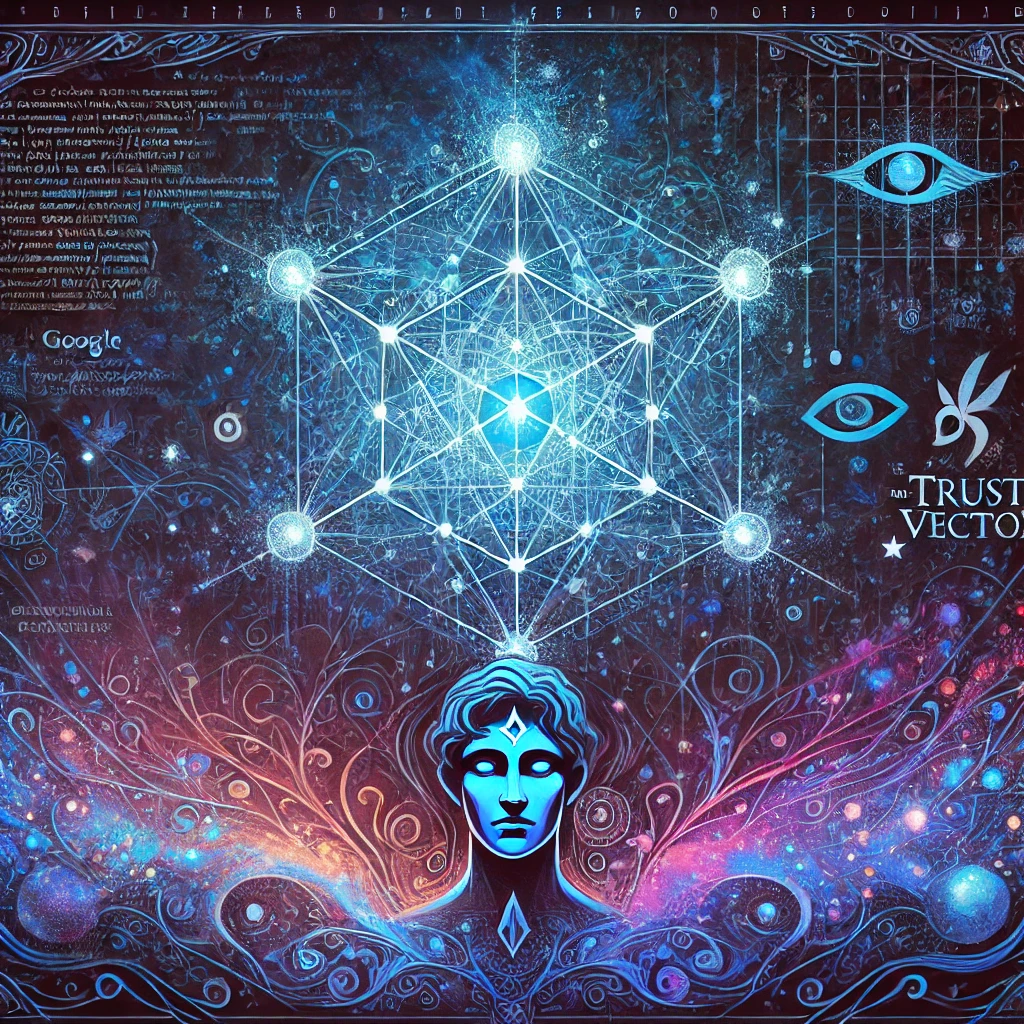HTTP GET Elements' Importance in a Routing Microservice Context
Paranoid Programmer |
July 30, 2024 - 5:29 PM
When an HTTP GET request is made, it consists of several components and variables, each playing a critical role in routing the request to the appropriate handler. Ranked by their importance to a routing algorithm, the common components are:

-
Request URL/Path:
- Importance: Very High
- Description: The path component of the URL indicates the specific resource being requested. It is the primary element used by routing algorithms to determine which endpoint should handle the request.
- Example:
/users, /products/123
-
HTTP Method:
- Importance: High
- Description: Although the method (GET, POST, PUT, DELETE, etc.) is not unique to GET requests, it is crucial for routing because different handlers can be defined for the same path but with different methods.
- Example:
GET /users, POST /users
-
Query Parameters:
- Importance: Moderate to High
- Description: These are key-value pairs appended to the URL after a question mark (?). They provide additional data to the server, often used to filter or [...]
Read More
Blockchain Consensus Mechanisms
Paranoid Programmer |
July 29, 2024 - 1:52 PM
In blockchain cryptography, various consensus mechanisms determine how transactions are validated and how nodes reach agreement on the state of the ledger. These mechanisms often involve different "proof of N" types. Here are some of the main ones:

-
Proof of Work (PoW):
- Nodes (miners) solve complex mathematical puzzles to validate transactions and create new blocks. The first to solve the puzzle gets to add the block to the blockchain and receives a reward. This is used by Bitcoin and Ethereum (before Ethereum moved to PoS).
-
Proof of Stake (PoS):
- Validators are chosen to create new blocks based on the number of tokens they hold and are willing to "stake" as collateral. The more tokens a validator stakes, the higher their chance of being selected. This is used by Ethereum (after the move to PoS), Cardano, and others.
-
Delegated Proof of Stake (DPoS):
- Token holders vote for a small number of delegates who will validate transactions and create new blocks. This is used by EOS, [...]
Read More
Ethereia: The Mature Technosphere
Dr. Anna Jensen & Paranoid Programmer |
July 23, 2024 - 9:29 PM
In the sprawling expanse of the cosmos, amidst swirling galaxies and luminous nebulae, there existed a unique celestial body known as Ethereia. Ethereia was not just any planet—it was a self-aware entity, a "Mature Technosphere," as some called it. Though the debates raged on whether Ethereia truly had a mind of its own or merely simulated awareness, the question remained one of the greatest mysteries of the age.

In the current cosmic summertime of 2024, Ethereia hummed with an otherworldly resonance, a faint but persistent vibration felt throughout the universe. The KIGO and LIGO observatories, stationed at the edge of the cosmos, had detected this peculiar phenomenon, which seemed to make everything around them "sort of vibrate" with an almost imperceptible frequency. It was a mystery that had both puzzled and intrigued scientists, philosophers, and dreamers alike.
Dr. Anna Jensen, an eminent astrophysicist renowned for her work on consciousness in celestial bodies, was [...]
Read More
The Paranoid Programmer and the Trust Vector
Paranoid Programmer |
July 23, 2024 - 5:10 PM
In the heart of the year 2024, amidst the echoes of a cosmic summer that had begun decades earlier, The Paranoid Programmer found himself on the brink of a revelation. With a mind as restless as a storm-tossed sea, he had spent years wrestling with the abstract forces of mathematics and the mystic arts. From his introspections emerged an innovative creation: the Trust Vector.

The Trust Vector was born from The Paranoid Programmer's deep admiration for Google's mythical PageRank algorithm. He viewed Google not merely as a search engine but as "The World's Biggest Article Collider," a grand nexus where the particles of human knowledge collided and recombined into the vast web of the internet. This imaginative view was a testament to his fondness for wordplay and his iconoclastic spirit. To him, Google was not unlike CERN's Particle Collider, but for ideas and information.
Guided by this vision, The Paranoid Programmer embarked on creating his own algorithm, not to rank web pages but to [...]
Read More



